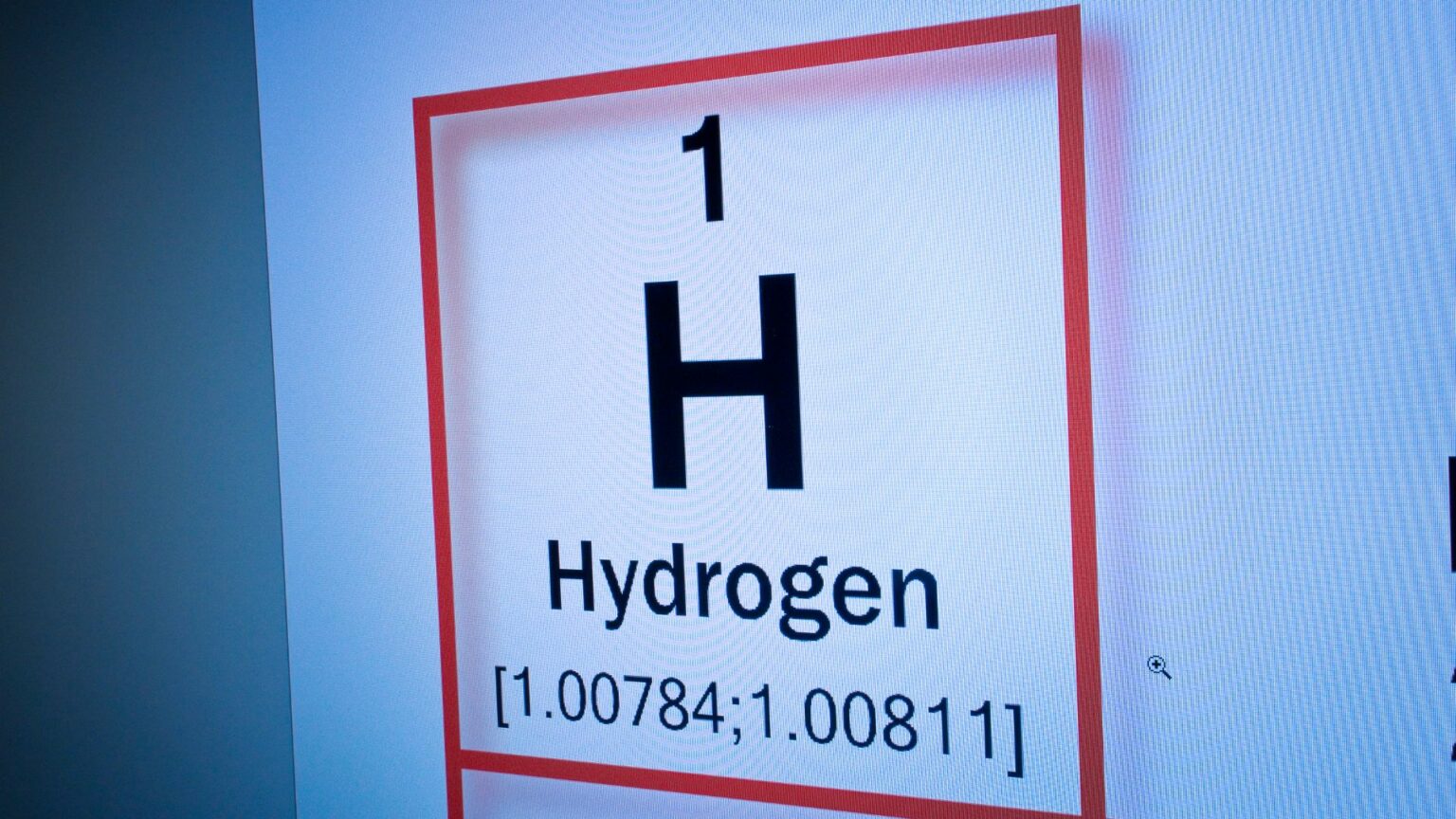A group of researchers in Korea has developed a new technology to produce hydrogen.
Catalysts are essential for splitting water into hydrogen and oxygen during electrolysis. The efficiency and cost-effectiveness of green hydrogen production depend heavily on the performance of these catalysts. Currently, anion exchange membrane (AEM) water electrolysis systems rely on precious metal catalysts such as platinum (Pt) and iridium (Ir). While these materials are effective, their high cost and susceptibility to degradation significantly increase the overall cost of hydrogen production.
The Korea Research Institute of Standards and Science (KRISS) has developed a high-performance base metal catalyst that addresses these challenges. By introducing a small amount of ruthenium (Ru) into a molybdenum dioxide with nickel molybdenum (MoO2-Ni4Mo) structure, the researchers have created a catalyst that is not only more affordable but also more durable and efficient than existing commercial materials.
The KRISS team identified hydroxide ion (OH-) adsorption on molybdenum dioxide as the primary cause of degradation in alkaline environments. To overcome this, they incorporated ruthenium at an optimal ratio, forming ruthenium nanoparticles less than 3 nanometers in size. These nanoparticles create a thin protective layer on the catalyst’s surface, preventing degradation and enhancing durability.
Performance evaluations revealed that the new catalyst offers four times the durability and more than six times the activity of existing commercial materials. When integrated with a perovskite-silicon tandem solar cell, the catalyst achieved a solar-to-hydrogen efficiency of 22.8%, demonstrating its strong compatibility with renewable energy sources.
The development of this catalyst has significant implications for the green hydrogen industry. By reducing the reliance on expensive precious metals, the new material could lower the cost of hydrogen production, making it more competitive with fossil fuel-based alternatives. Additionally, the catalyst’s durability and efficiency could extend the lifespan of electrolysis systems, further reducing operational costs.
One of the most promising aspects of the new catalyst is its ability to function effectively in saline water. This capability could eliminate the need for costly desalination processes, which are currently required to produce high-quality hydrogen. Dr. Sun Hwa Park, a principal researcher at KRISS, highlighted this potential, stating, “Using actual seawater could substantially lower costs associated with desalination. We plan to continue our research in this area.”
The research was conducted as part of the KRISS MPI Lab Program, in collaboration with Professor Ho Won Jang’s team at Seoul National University and Dr. Sung Mook Choi’s team at the Korea Institute of Materials Science. This multidisciplinary approach underscores the importance of collaboration in advancing green hydrogen technologies.
Stay updated on the latest in energy! Follow us on LinkedIn, Facebook, and X for real-time news and insights. Don’t miss out on exclusive interviews and webinars—subscribe to our YouTube channel today! Join our community and be part of the conversation shaping the future of energy.
